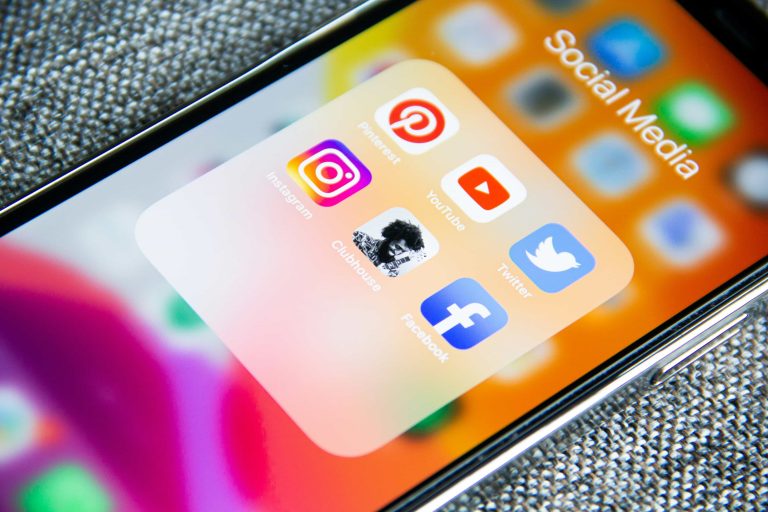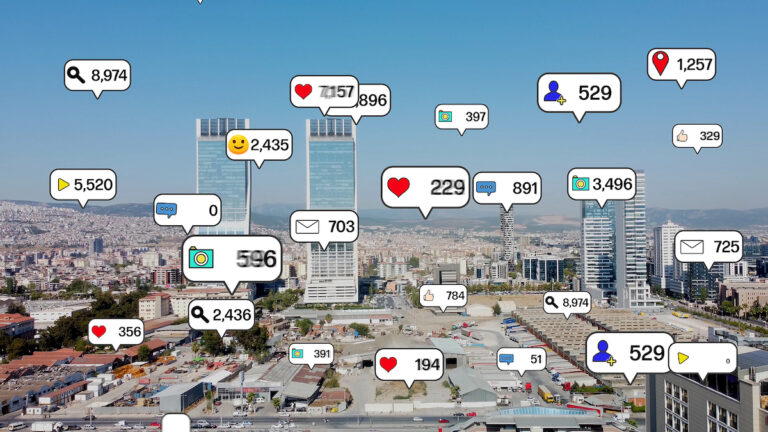Why Your Website Conversion Rate Is Tanking (And 3 Fixes You Can Make Today)
If your website isn’t generating leads, appointments, or calls — something’s wrong.
And it’s probably not the traffic.
It’s the experience.
Most local business websites are stuck in the past: outdated templates, slow loading times, forms that don’t work on mobile, or worse — they still look like something built in 2015.
Visitors are showing up. But they’re leaving.
And in 2025, attention spans are shorter, patience is thinner, and expectations are higher than ever.
The good news? You don’t need a full redesign to fix it. You just need to fix the points of friction that are costing you conversions.
Let’s break down what’s causing the drop — and how to turn things around quickly.
The Real Reason Visitors Aren’t Sticking Around

Every business owner wants more traffic. But traffic without conversions is just noise. If people are landing on your site but not taking action, the problem isn’t how they got there — it’s what happens after they arrive.
Most small business websites fall short in three core areas: speed, usability, and trust.
Slow load times are one of the biggest silent killers. If your site takes more than 3 seconds to load, up to half your visitors bounce before they ever see your content. And that number gets worse on mobile.
Mobile design matters more than ever. Over 60% of local business searches happen on phones. If your site doesn’t adapt seamlessly — if the font is too small, the buttons are too close together, or the layout breaks — people leave without thinking twice.
And then there’s trust.
The modern visitor needs to be convinced, not just informed. If your site lacks credibility signals — like testimonials, reviews, real customer photos, or a personal touch — you might be losing people in the first 10 seconds.
No amount of SEO, ads, or social traffic can overcome that.
Fix #1: Show Real People Saying Real Things
Testimonials are powerful, but only if they feel authentic.
The problem is, most local websites toss a few short quotes in quotation marks and call it done.
What works better?
Video.
Even a 20-second clip of a customer saying, “I was nervous about hiring a contractor, but these guys made the process easy,” does more than five paragraphs of copy.
It shows a face. A voice. A reaction.
And that builds trust fast.
If you don’t have video? No problem. Use screenshots of real reviews from Google or Facebook. Feature full names and faces wherever possible. Put them where they matter — near your service descriptions, booking forms, and CTAs.
People want proof before they reach out. Show it before they have to ask.
Fix #2: Add a Way to Connect Now
Most local business websites treat “Contact Us” as the final step in a customer’s journey.
But in reality, that page is often a dead end.
It’s static. It’s cold. It doesn’t encourage action — especially if the form is long, or the phone number is just a tiny line in the footer.
Adding an instant way to connect can change everything.
Live chat plugins, even if they’re automated or delayed, give visitors a sense of immediacy. It feels like someone’s there. It feels modern. It feels like the business is paying attention.
It doesn’t have to be full-time staffed, either. Many local businesses use automated chatbots that collect name, phone, and message — and follow up later. The point is to give people a path to connect without committing to a full call.
Especially for visitors browsing after hours or on mobile, a simple “Have a question? Chat now” box can lift conversion rates by 10–30%.
If you’ve never tested one, this is one of the fastest ways to increase leads — without changing a single headline on your site.
Fix #3: Rethink Your Forms (They’re Working Against You)
Most contact forms are clunky, impersonal, and overwhelming.
They ask too many questions. They’re not mobile-friendly. They don’t create any urgency. And worst of all — they don’t work properly half the time.
If you want someone to take action, your form has to do more than collect info.
It has to reassure.
It has to guide.
It has to make the person feel like they’re taking a simple, smart next step — not giving away their life story to a company that might not respond.
Start by cutting unnecessary fields. You only need a name, email or phone, and a quick message or dropdown selection.
Then add a simple line of trust: “We respond within 1 business day” or “Your message goes directly to the owner — no spam, ever.”
This small layer of clarity instantly improves conversions.
And if your form is old or clunky? Switch to a modern one-click style form, or even consider embedding a short Typeform or Jotform that feels more interactive. These tools are designed for mobile and often lead to higher completion rates.
What Happens When You Fix the Friction
When a visitor lands on your website, you have maybe 5-6 seconds to convince them to stay.
Not with hype.
With clarity, confidence, and ease.
If your site loads fast, adapts to mobile, shows proof that others trust you, and gives an immediate way to take the next step — you win.
More calls. More leads. More conversions.
Most businesses don’t need more traffic. They need a site that doesn’t leak the traffic they’re already getting.
And that starts with a better experience — one that reassures, connects, and converts in real time.
You don’t need to rebuild your website. You just need to fix what’s broken.
And the best time to do it is before the next visitor bounces.







